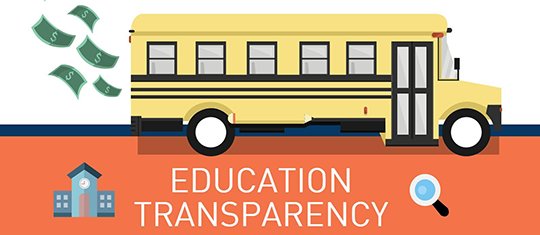By Linda Bentley | February 10, 2016
School elections and funding transparency

PHOENIX – Rep. Jay Lawrence, R-Dist. 23, is the principal sponsor of HB 2551, which seeks to amend A.R.S. § 15-481 and 15-491 relating to school budget override and school bond elections.
HB 2551 would require election pamphlets to include a statement disclosing the total amount of per pupil revenue the school district received from all funding sources (federal, state and local) for all capital and noncapital expenditures for the fiscal year as reported in the most recent Superintendent of Public Instruction’s Annual Report.
Most Arizona voters don’t really know how much money their school district spends per pupil and often rely on figures that grossly understate that amount.
According to Americans for Prosperity, Arizona, which supports HB 2551, school districts in Arizona, on average, spend over $9,400 per student annually from local, state and federal sources.
The Census Bureau reported the national average as $10,700, which is skewed by high per-pupil spending in states such as New York ($19,818), Alaska ($18,175), District of Columbia ($17,953), New Jersey ($17,572) and Connecticut ($16,631).
Arizona’s per student spending has been repeatedly reported as ranking 49th out of the 50 states and the District of Columbia.
However, those reports generally do not include all revenue sources.
Cave Creek Unified School District, for example, according to the Fiscal Year 2014-2015 Superintendent’s Annual Report, received $57,261,250 from all revenue sources for a total of 5,419 students. That equates to $10,567 per student, above the state average and right around the national average.
If all that were reported was the district’s local funding, which comprises close to 80 percent of its total revenue, it would reflect a per-pupil funding total of only $8,426.
HB 2551 would require school districts to disclose all their funding sources in the Informational Pamphlet for override and bond elections, so voters will have transparency in education spending when their districts ask them for more of their tax dollars.


